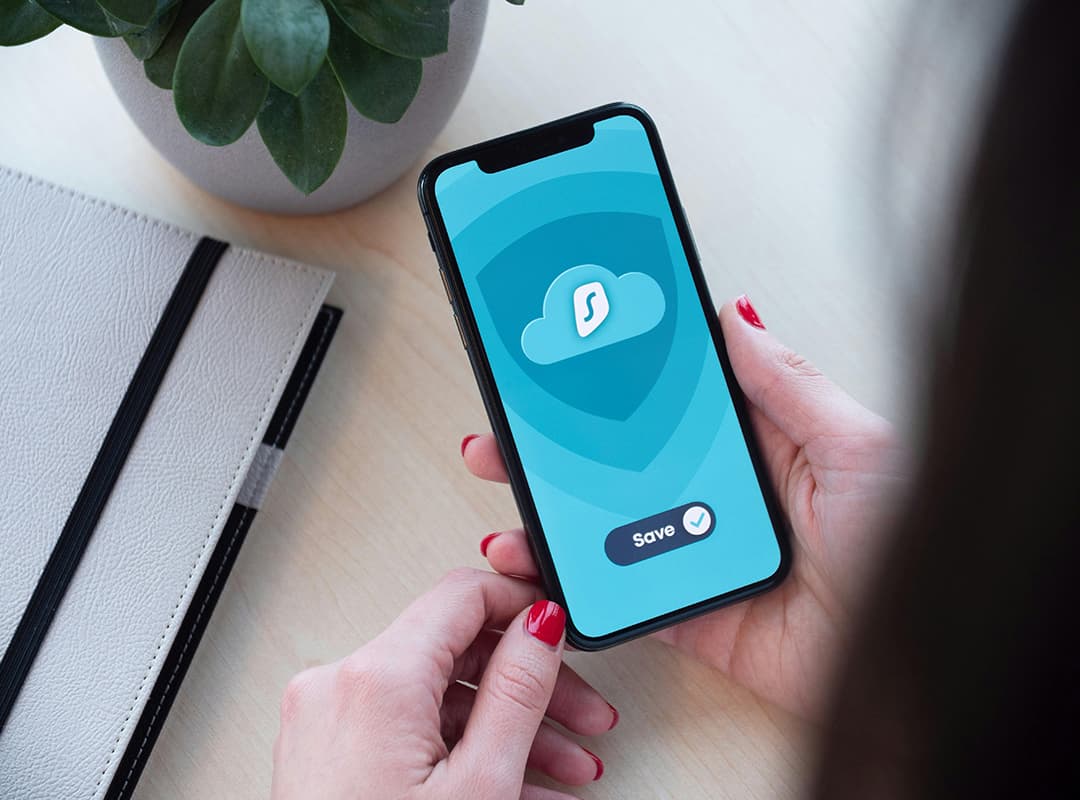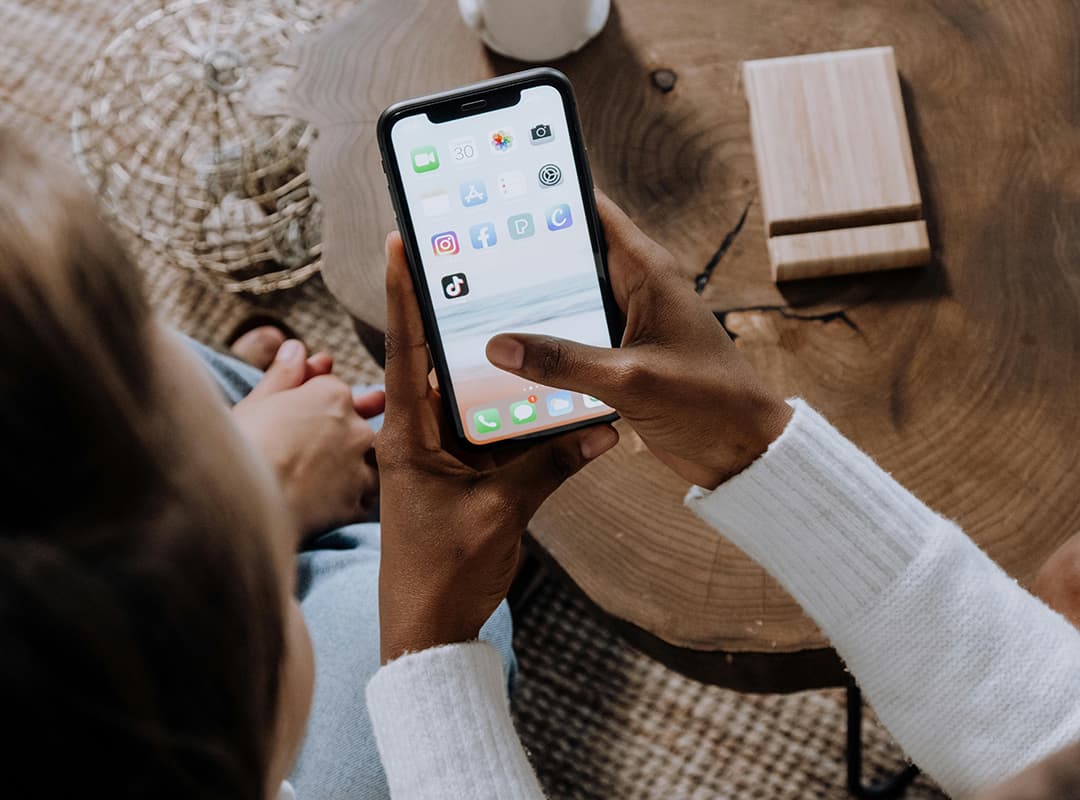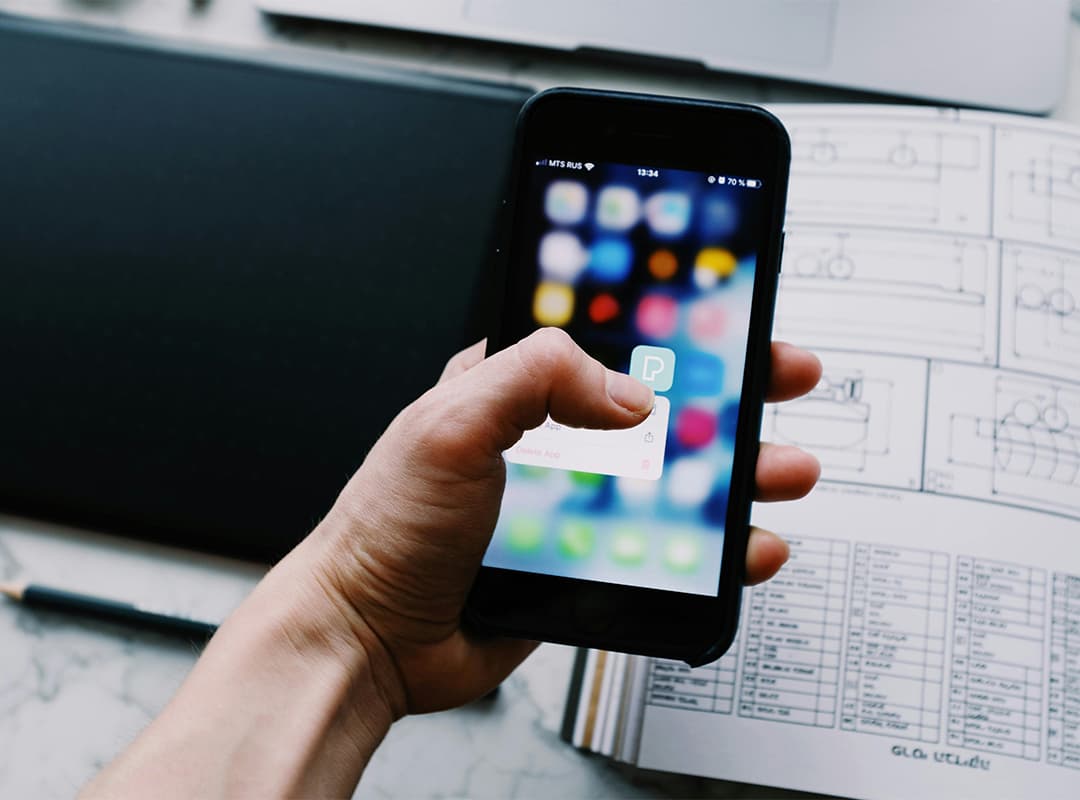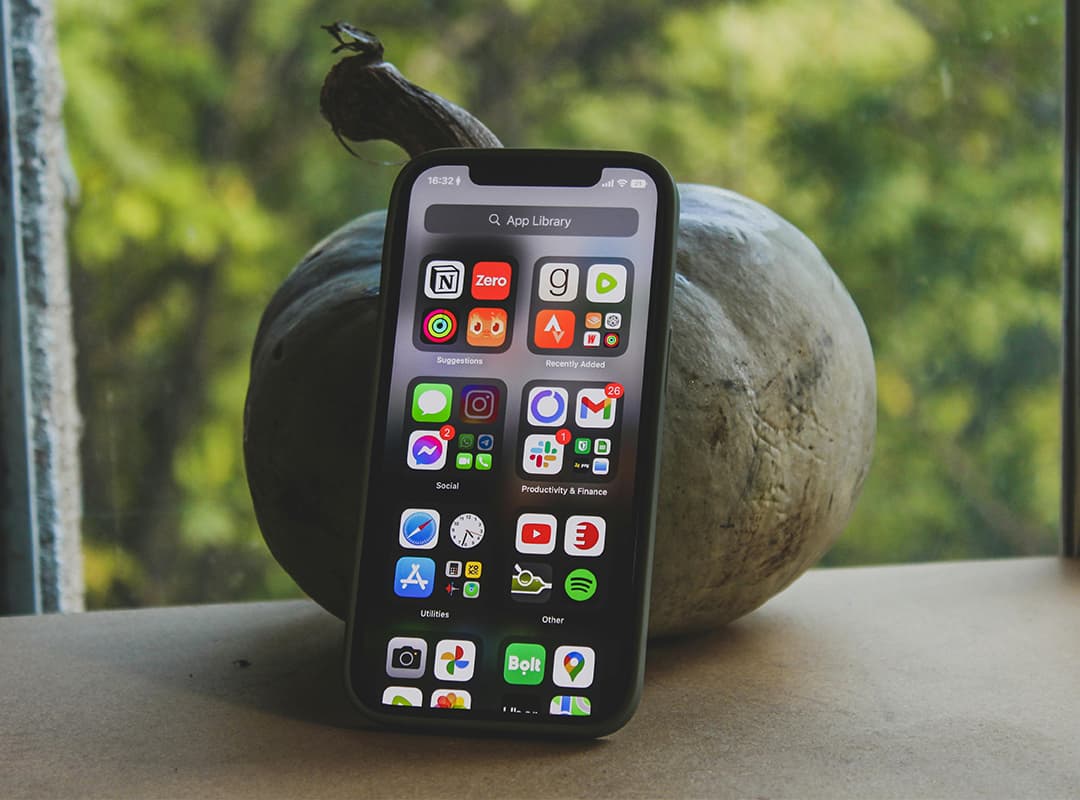With storage space constantly filling up, many iPhone users turn to memory-cleaning apps to free up space. These apps promise to clear caches, remove duplicates, and optimize your device’s performance. But are they safe to use? Let’s explore the potential risks and benefits of memory-cleaning apps and how to choose the right ones for your iPhone.
What Do Memory-Cleaning Apps Do?
Memory-cleaning apps are designed to optimize storage by removing unnecessary files such as:
- Temporary Files: These include cached data and unused system files.
- Duplicate Photos and Videos: Some apps scan for duplicate media to free up storage.
- Unused Apps and Large Files: They may also suggest apps or files you haven’t accessed in a while.
Apps like link free phone tools often include additional features such as media management or organizing contacts.
Benefits of Using Memory-Cleaning Apps
- Ease of Use: These apps simplify the cleanup process, often with a single tap.
- Comprehensive Scans: They can identify storage-hogging files you might miss during a manual cleanup.
- Convenience for Non-Tech-Savvy Users: Memory-cleaning apps are particularly helpful for beginners who don’t want to dig into system settings.
Potential Risks of Memory-Cleaning Apps
1. Data Privacy Concerns
Some apps require access to your files and system data. If the app is from an unverified developer, it could misuse this information. To stay safe:
- Download apps only from the Apple App Store.
- Check user reviews and ratings.
- Avoid apps that request excessive permissions unrelated to their function.
2. Ineffectiveness or Over-Promising
Not all cleaning apps deliver on their promises. iOS is designed to manage storage efficiently, so some third-party apps might not significantly impact performance.
3. Potential for Data Loss
Aggressive cleaning could lead to accidental deletion of important files, such as photos, videos, or app data. To prevent this:
- Backup your iPhone using iCloud or iTunes before running a cleaning app.
- Use apps that allow you to review and confirm deletions.
How to Choose a Safe Cleaning App
- Check the Developer’s Reputation
Look for apps from reputable developers with a track record of secure, user-friendly software. - Read Reviews
Explore feedback from other users to identify any common issues, such as data loss or privacy breaches. - Look for Specific Features
Choose apps that offer transparent features, such as previewing files before deletion. Popular apps often include additional functionality like media compression or duplicate photo detection. - Consider Apple’s Built-In Options
Many users overlook iOS’s built-in storage management features, such as recommendations in Settings > General > iPhone Storage. These are often safer and just as effective as third-party solutions.
Tips for Safe Usage
- Always review the files an app proposes to delete.
- Regularly back up your iPhone to ensure important data is preserved.
- Avoid apps that include unnecessary features or ads that might indicate the app is less secure.
When to Avoid Cleaning Apps
If your iPhone isn’t experiencing performance issues or you have enough storage, you might not need these apps. Additionally, if an app requires you to bypass Apple’s security protocols, it’s best to steer clear.
Memory-cleaning apps can be a helpful tool for managing iPhone storage, but they come with risks if not chosen or used carefully. By sticking to trusted apps and leveraging tools like link free phone utilities, you can enjoy the benefits of these apps without compromising your privacy or data.
Remember, the safest approach is always to combine manual cleanup methods with trusted tools. With proper caution, you can free up space without putting your iPhone or your valuable files at risk.



